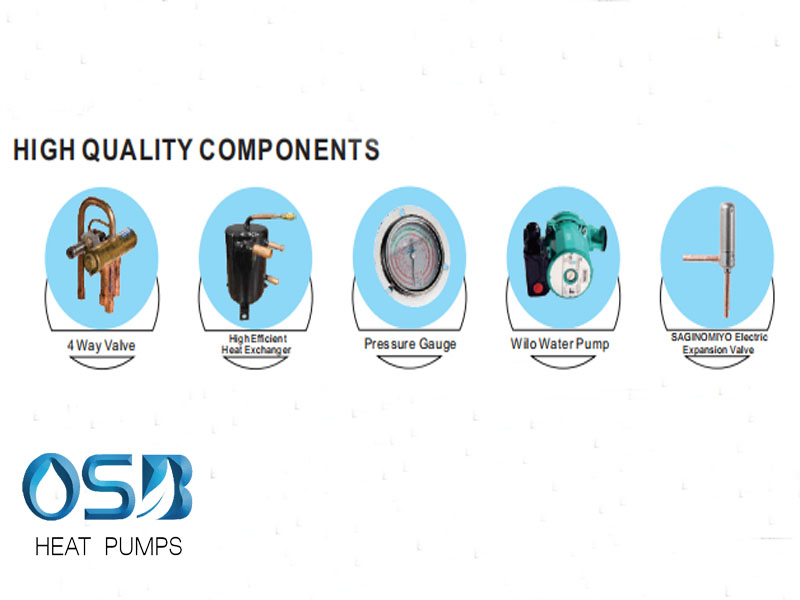
Electronic expansion valve can work normally above - 70 ℃, but thermal expansion valve can only reach - 60 ℃. The capillary is used in a small refrigeration system (simple structure, not adjustable, after all, the capillary is only a small copper tube);
Expansion valve is used in large and medium-sized refrigeration system (relatively complex structure, adjustable) to adjust the refrigerant flow. Besides controlling the evaporator, it can also be used to adjust the condenser. When the evaporation condition allows, if the condensation pressure is too high, the expansion valve can be properly closed to reduce the refrigerant flow in the system, reduce the condenser load, so as to reduce the condensation pressure and realize the efficient and reliable operation of the air energy water heater unit.
Characteristics of fin heat exchange:
1. High heat transfer efficiency. Due to the disturbance of fins to the fluid, the boundary layer is constantly broken, so it has a large heat transfer coefficient. At the same time, due to the thin diaphragm and fins, which have high thermal conductivity, the plate fin heat exchange can achieve high efficiency.
2. Compact, because the plate fin heat exchange has expanded secondary surface, its specific surface area can reach 1000 ㎡ / m3.
3. It is light and compact because it is mostly made of aluminum alloy. Now the steel, copper and composite materials have also been produced in batches.
4. The arrangement and combination of the flow passage can adapt to different heat exchange conditions, such as counter current, cross flow, multi stream and multi pass flow. Through the combination of series connection, parallel connection and series parallel connection, the heat exchange needs of large equipment can be satisfied. In industry, it can be finalized and mass produced to reduce cost and expand interchangeability through building block combination.

